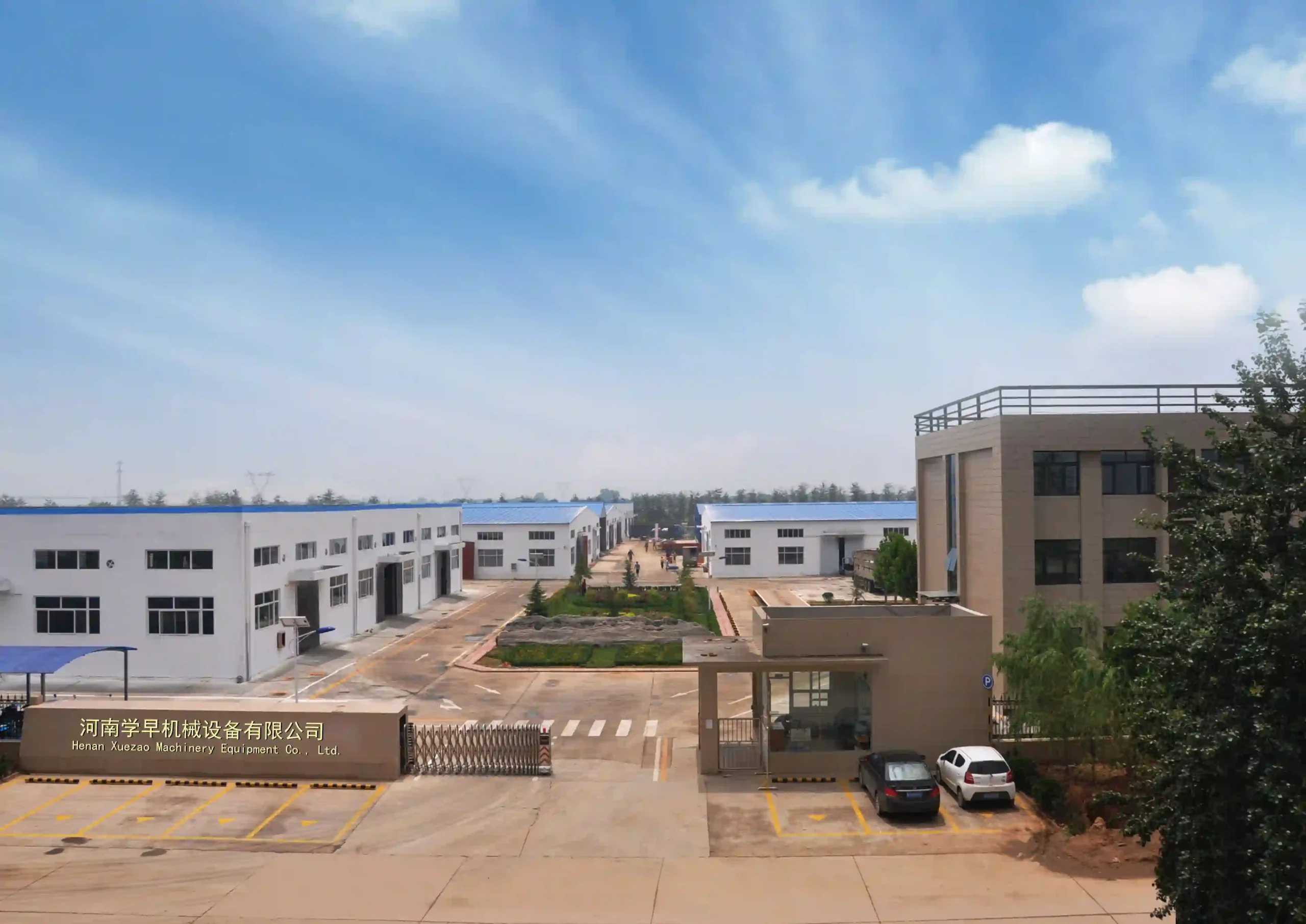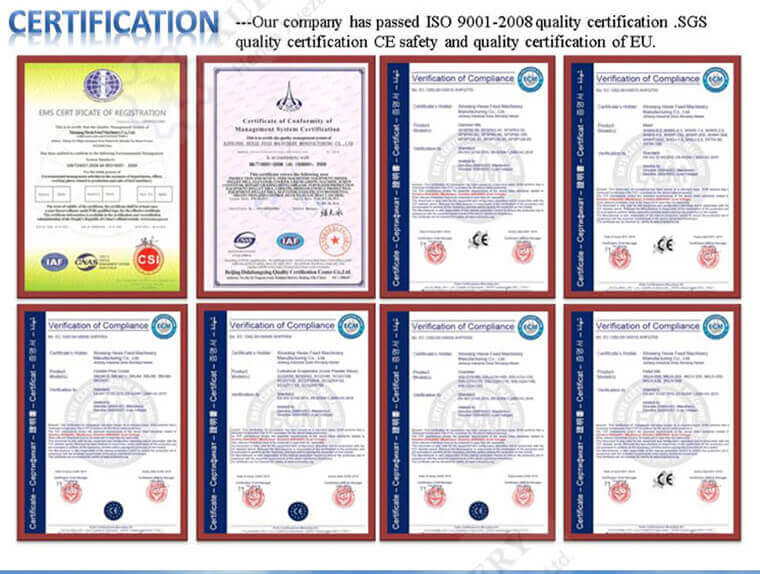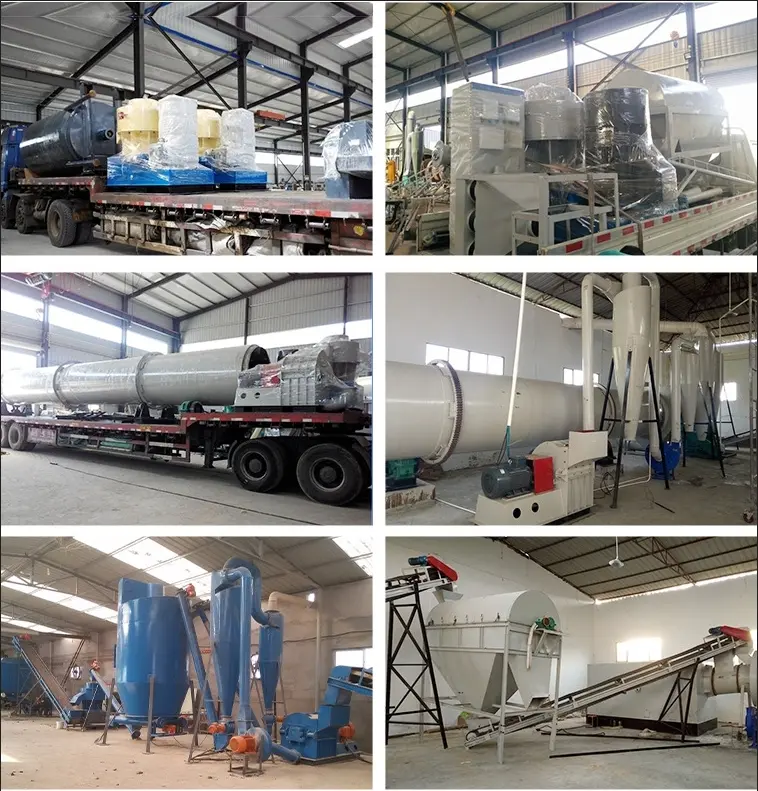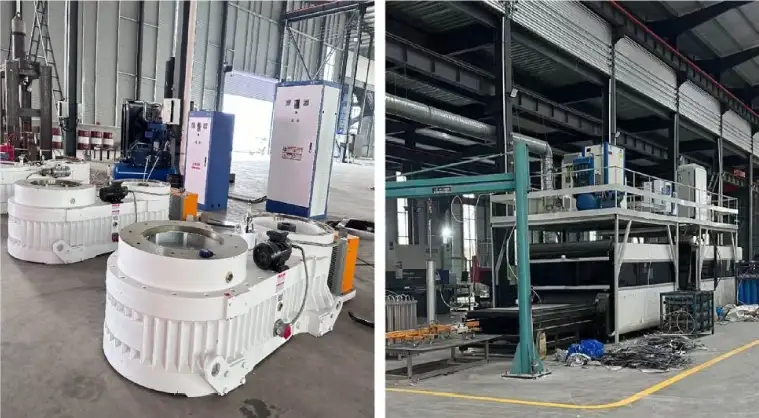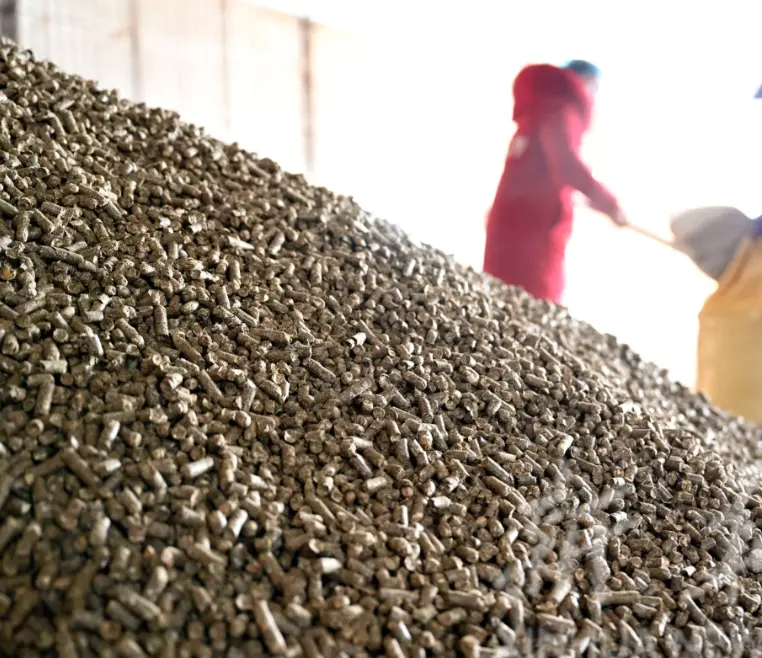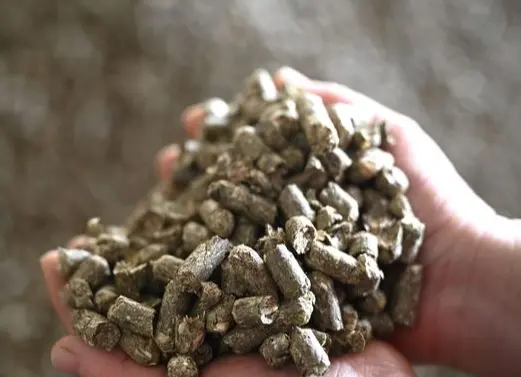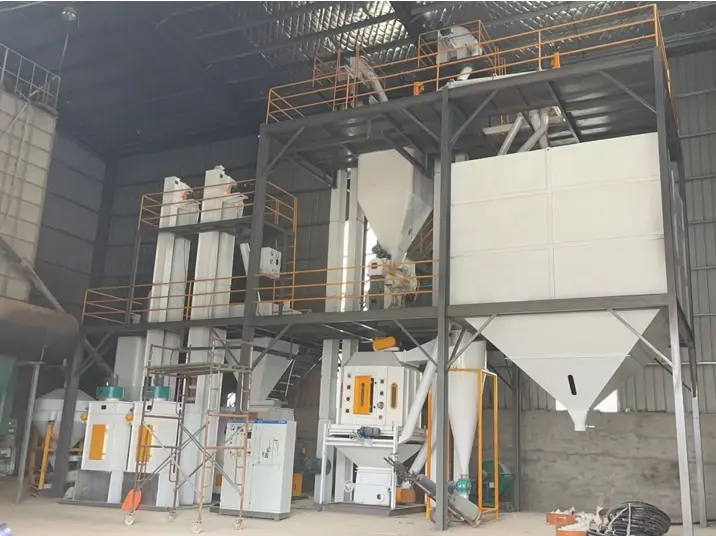
Utilizing over a decade of expertise, our specialized rice straw pellet machine stands as the cornerstone in processing rice straw into efficient fuel pellets. We prioritize not just the quality of the machinery but also the service we provide.
Rice harvesting yields copious amounts of straw, with 6 tons produced for every 4 tons of grain. Globally, straw constitutes 14% of total energy consumption. Our machine transforms rice straw into versatile fuel pellets, ideal for cooking, agricultural drying, animal bedding, and industrial use, addressing the energy crisis and climate change threats.

Straw pellet machine energy recovery and utilization of chemical composition of straw
The chemical breakdown of rice straw, vital for energy recycling, includes cellulose, lignin, benzyl alcohol, hot water extract, NaOH extract, and ash, forming a crucial composition for pellet creation.
Our factory provides a variety of models for you to choose from:
Flat die pellet machine:
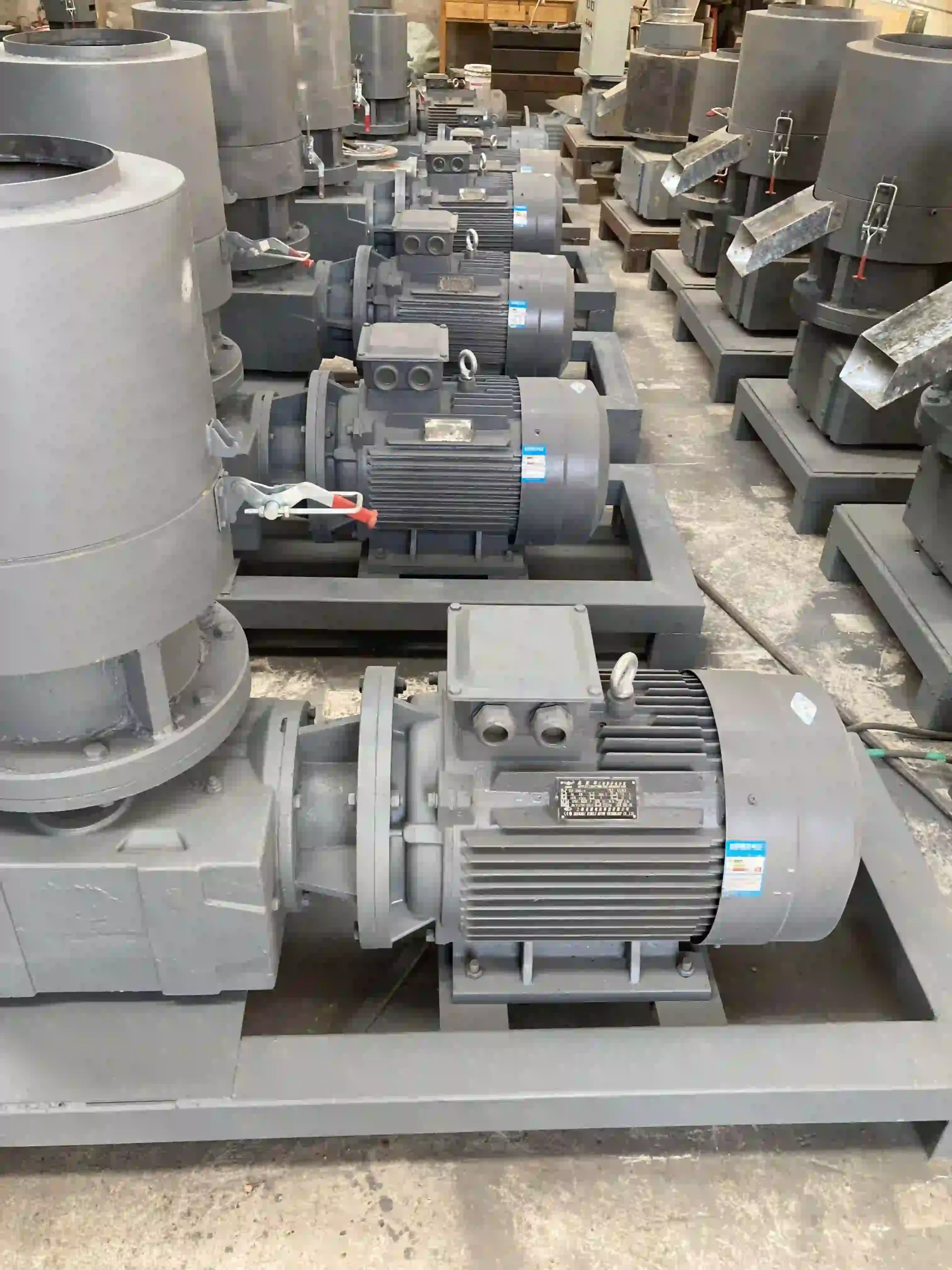
| Model | Dimensions | Power | Capacity |
| Model 200 | 1200∗400∗1100 | 7.5kw | 80−100kg/h |
| Model 250 | 1300∗500∗1250 | 15kw | 100−200kg/h |
| Model 300 | 1600∗600∗1350 | 22kw | 200−300kg/h |
| Model 400 | 1700∗700∗1450 | 30kw | 400−500kg/h |
| Model 500 | 1810∗760∗1680 | 45kw | 600−700kg/h |
| Model 600 | 1880∗850∗1750 | 55kw | 750−850kg/h |
Ring die pellet machine:
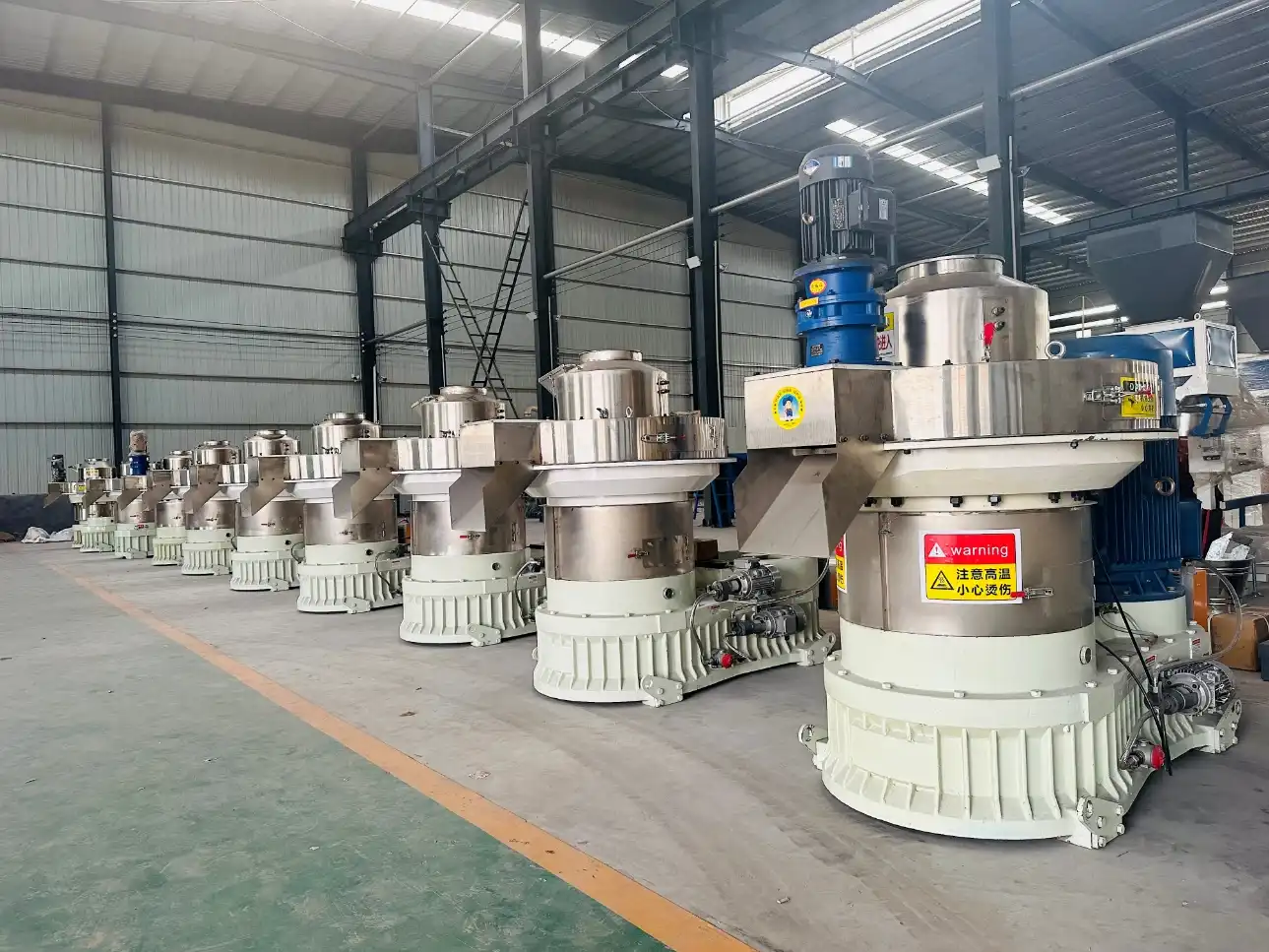
| Model | Capacity (t/h) | Motor Power (kW) | Pellet Diameter (mm) | (Weight (kg) |
| XZ-450 | 0.5-0.6T/H | 55kW | 6-12mm | 3.5T |
| XZ-470 | 0.6-1T/H | 75kW | 6-12mm | 4T |
| XZ-560 | 1-1.2T/H | 90kW | 6-12mm | 5.8T |
| XZ-580 | 1.5-1.8T/H | 110kW | 6-12mm | 5.9T |
| XZ-650 | 1.8-2T/H | 132kW | 6-12mm | 6.5T |
| XZ-700 | 2.5-2.8T/H | 160kW | 6-12mm | 7.5T |
| XZ-750 | 2.8-3T/H | 185kW | 6-12mm | 7.8T |
| XZ-850 | 3-3.5T/H | 250kW | 6-12mm | 11T |
| XZ-880 | 5T/H | 315kW | 6-12mm | 16T |
Despite its widespread use, rice straw as direct combustion fuel presents drawbacks. It exhibits inferior properties compared to fossil fuels, with low calorific values, high volatility, and density, making it challenging to handle, transport, and store efficiently. Densification through pelletization mitigates these challenges.
Rice straw pellets emerge as a renewable energy solution, boasting higher bulk density, lower moisture content facilitating prolonged storage, enhanced energy density, and improved combustion efficiency with reduced emissions compared to raw straw.
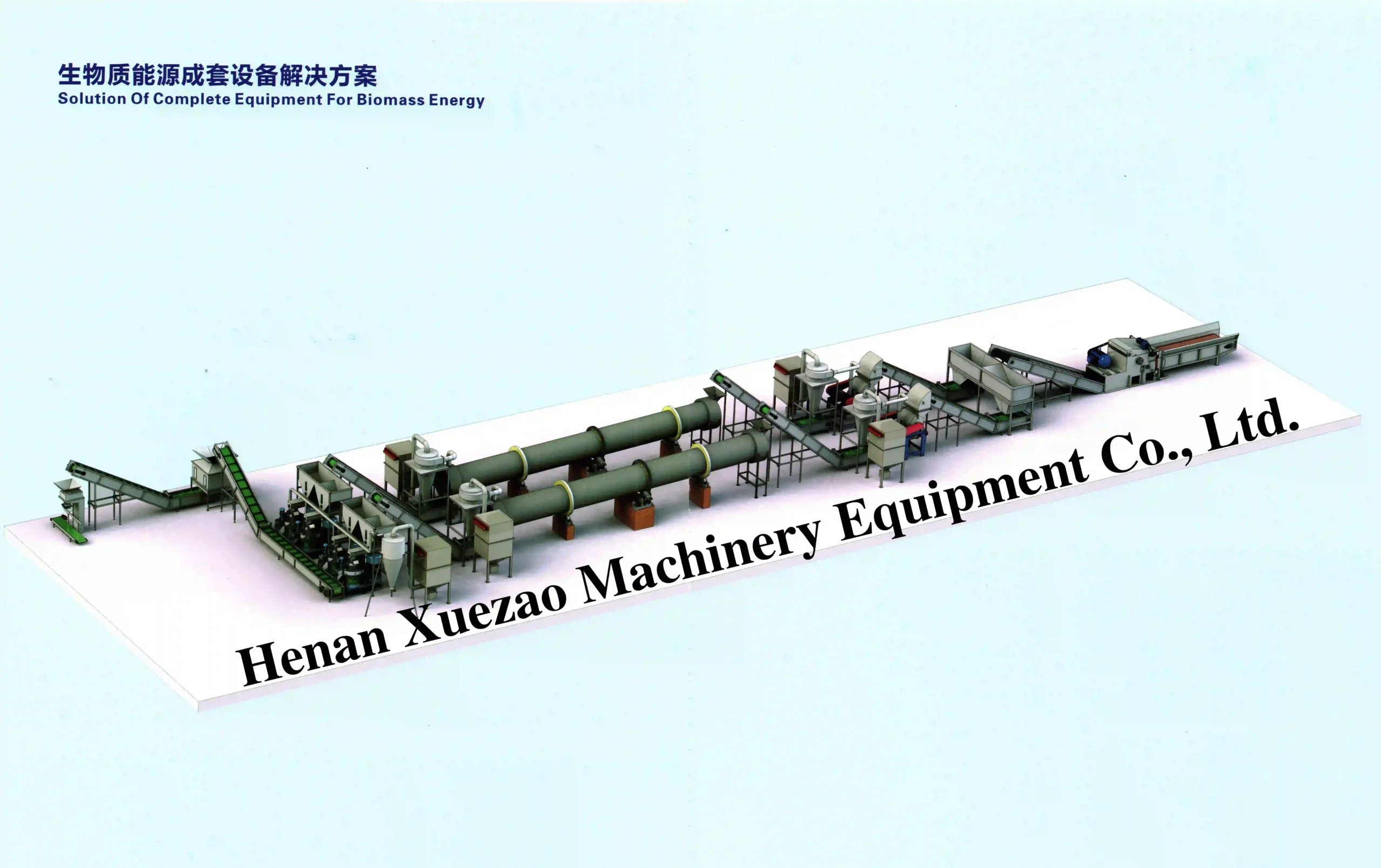
The process of making rice straw pellets involves several key steps: separation from foreign materials, grinding to a uniform size, optional drying for moisture reduction, pelleting in the machine, and subsequent cooling for quality maintenance.
Countries with substantial rice production, such as China, India, Indonesia, Bangladesh, Vietnam, Thailand, Philippines, Myanmar, Brazil, and Japan, hold immense potential for employing rice straw pellet mills to harness energy from this abundant agricultural byproduct.
